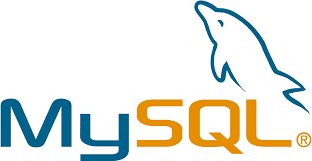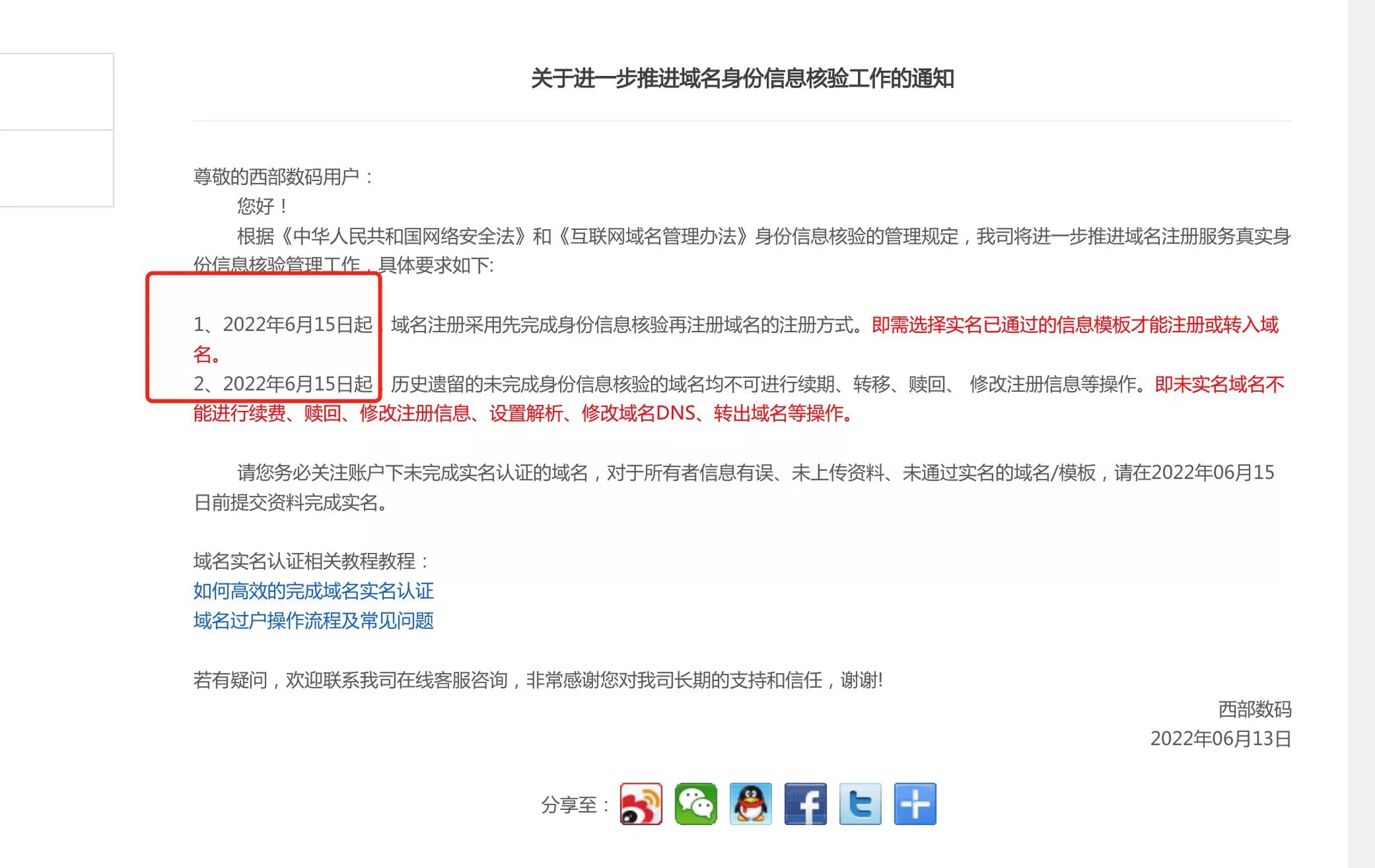一、概述
在linux上多用iptables来限制ssh和telnet,编缉hosts.allow和hosts.deny感觉比较麻烦比较少用,CentOS 7可以通过配置hosts.allow和hosts.deny文件来允许或禁止ssh或telnet操作。
这两个文件是tcpd服务器的配置文件,tcpd服务器可以控制外部IP对本机服务的访问。这两个配置文件的格式如下:
#服务进程名:主机列表:当规则匹配时可选的命令操作
server_name:hosts-list[:command]
hosts.allow控制可以访问本机的IP地址,hosts.deny控制禁止访问本机的IP。如果两个文件的配置有冲突,以hosts.deny为准。
hosts.allow和hosts.deny两个文件是控制远程访问设置的,通过他可以允许或者拒绝某个ip或者ip段的客户访问linux的某项服务。
比如SSH服务,我们通常只对管理员开放,那我们就可以禁用不必要的IP,而只开放管理员可能使用到的IP段。
二、配置
1、修改/etc/hosts.allow文件
#
# hosts.allow This file describes the names of the hosts which are
# allowed to use the local INET services, as decided
# by the '/usr/sbin/tcpd' server.
#
sshd:210.13.218.*:allow
sshd:222.77.15.*:allow
all:218.24.129.110 #表示接受110这个ip的所有请求!
in.telnetd:140.116.44.0/255.255.255.0
in.telnetd:140.116.79.0/255.255.255.0
in.telnetd:140.116.141.99
in.telnetd:LOCAL
smbd:192.168.0.0/255.255.255.0 #允许192.168.0.网段的IP访问smbd服务
#sendmail:192.168.1.0/255.255.255.0
#pop3d:192.168.1.0/255.255.255.0
#swat:192.168.1.0/255.255.255.0
pptpd:all EXCEPT 192.168.0.0/255.255.255.0
httpd:all
vsftpd:all
以上写法表示允许210和222两个ip段连接sshd服务(这必然需要hosts.deny这个文件配合使用),当然:allow完全可以省略的。
ALL匹配所有情况,EXCEPT匹配除了某些项之外的情况,PARANOID匹配你想控制的IP地址和它的域名不匹配时(域名伪装)的情况。
2、修改/etc/hosts.deny文件
#
# hosts.deny This file describes the names of the hosts which are
# *not* allowed to use the local INET services, as decided
# by the '/usr/sbin/tcpd' server.
#
# The portmap line is redundant, but it is left to remind you that
# the new secure portmap uses hosts.deny and hosts.allow. In particular
# you should know that NFS uses portmap!
sshd:all:deny
sshd:45.55.173.117:deny #表示拒绝117这个ip的sshd请求!
in.telnet:ALL #表示拒绝了所有telnet请求!
ALL:ALL EXCEPT 192.168.0.1/255.255.255.0,192.168.1.21,
202.10.5.0/255.255.255.0
注意看:sshd:all:deny表示拒绝了所有sshd远程连接。:deny可以省略。
3、重启服务【可选】
注意保存文件退出编缉后,重启ssh服务和telnet服务:
[root@localhost ~]# service sshd restart
[root@localhost ~]# service xinetd restart
说明:
- 一个IP请求连入,linux的检查策略是先看hosts.allow中是否允许,如果允许直接放行;如果没有,则再看hosts.deny中是否禁止,如果禁止那么就禁止连入。
- 实验发现对hosts.allow和hosts.deny的配置不用重启就立即生效,但不管重启不重启当前已有会话都不会受影响;也就是说对之前已经连入的,即便IP已配置为禁止登录会话仍不会强制断开。不过不知是否所有linux都一样,因此第3步标为可选。
- 网上发现有些教程写成不是sshd而是in.sshd不是in.telnetd而是telnetd的,个人觉得应该是独立的不用加in.托管于xinetd的需要加in.
三、分析
hosts.allow与hosts.deny
两个文件均在/etc/目录下
优先级为先检查hosts.deny,再检查hosts.allow,
后者设定可越过前者限制。
例如:
1、限制所有的ssh,
除非从218.64.87.0-127上来。
hosts.deny:
sshd:ALL
hosts.allow:
sshd:218.64.87.0/255.255.255.128
2、封掉218.64.87.0-127的telnet
hosts.deny
in.telnet:218.64.87.0/255.255.255.128
3、限制所有人的TCP连接,除非从218.64.87.0-127访问
hosts.deny
ALL:ALL
hosts.allow
ALL:218.64.87.0/255.255.255.128
4、限制218.64.87.0-127对所有服务的访问
hosts.deny
ALL:218.64.87.0/255.255.255.128
其中冒号前面是TCP daemon的服务进程名称,通常系统进程在/etc/inetd.conf中指定,比如in.ftpd,in.telnetd,in.sshd
其中IP地址范围的写法有若干中,主要的三种是:
- 网络地址------子网掩码方式:
218.64.87.0/255.255.255.0 - 匹配部分IP
218.64.(即以218.64打头的IP地址) - 缩略子网掩码方式,既数一数二进制子网掩码前面有多少个"1"比如:
218.64.87.0/255.255.255.0《====》218.64.87.0/24
 51工具盒子
51工具盒子






